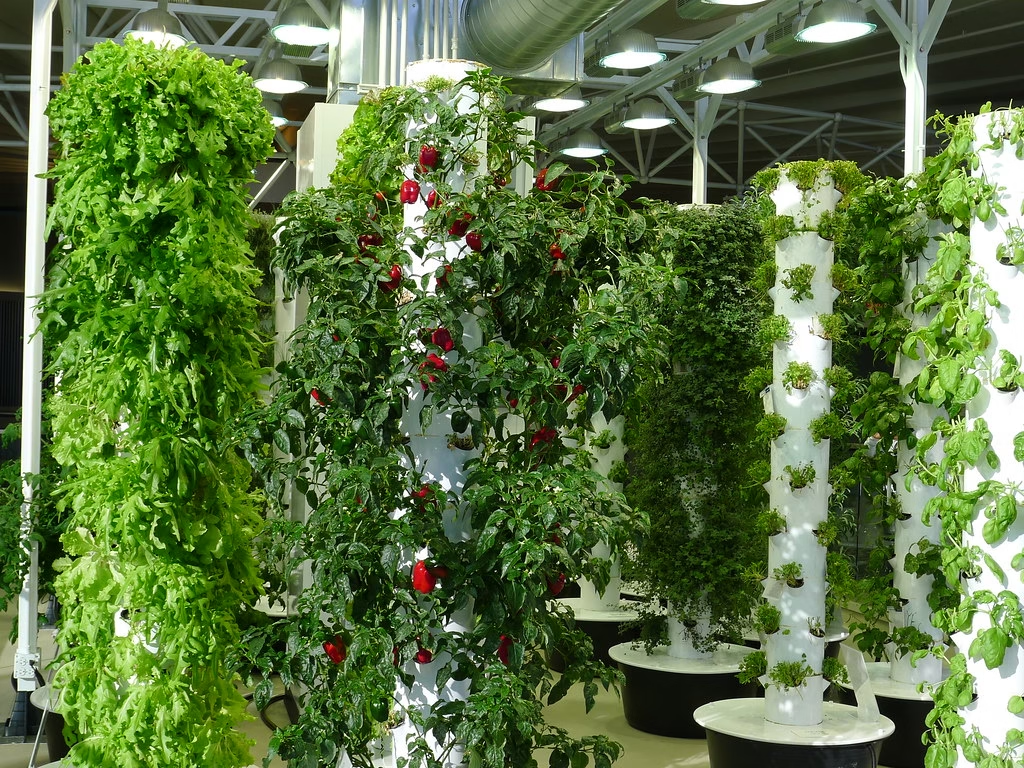Starting a vertical farm in your house may seem intimidating at first, but it’s a practical and rewarding way to maximize small spaces for growing fresh produce. To begin, choose a dedicated area near natural light or supplement with full-spectrum grow lights. A kitchen or a sunroom can be ideal.
Plan your layout using shelves or hanging systems. Vertical farming relies on stacking plants to conserve space. Choose lightweight, modular systems that allow for easy adjustments as your plant collection expands. For beginners, it’s best to start with leafy greens—such as lettuce, spinach, and herbs—that adapt well to vertical containers.
Select a high-quality, well-draining potting mix. Keep in mind that water distribution becomes critical in a vertical system; consider installing a simple drip irrigation system to ensure even moisture throughout your setup.
Fertilization is key during the active growing season. Use a balanced, water-soluble fertilizer every couple of weeks to promote robust growth. Regular inspection for pests and mold is crucial since vertical gardens can sometimes have higher humidity levels. Integrated pest management strategies, such as neem oil or insecticidal soap, are effective for early infestations.
Lastly, remember that vertical farming is both an art and science. Adjust your system based on plant performance and environmental conditions. With patience and experimentation, your indoor vertical farm can provide fresh, healthy produce while transforming your home into a sustainable oasis. Happy vertically farming!

